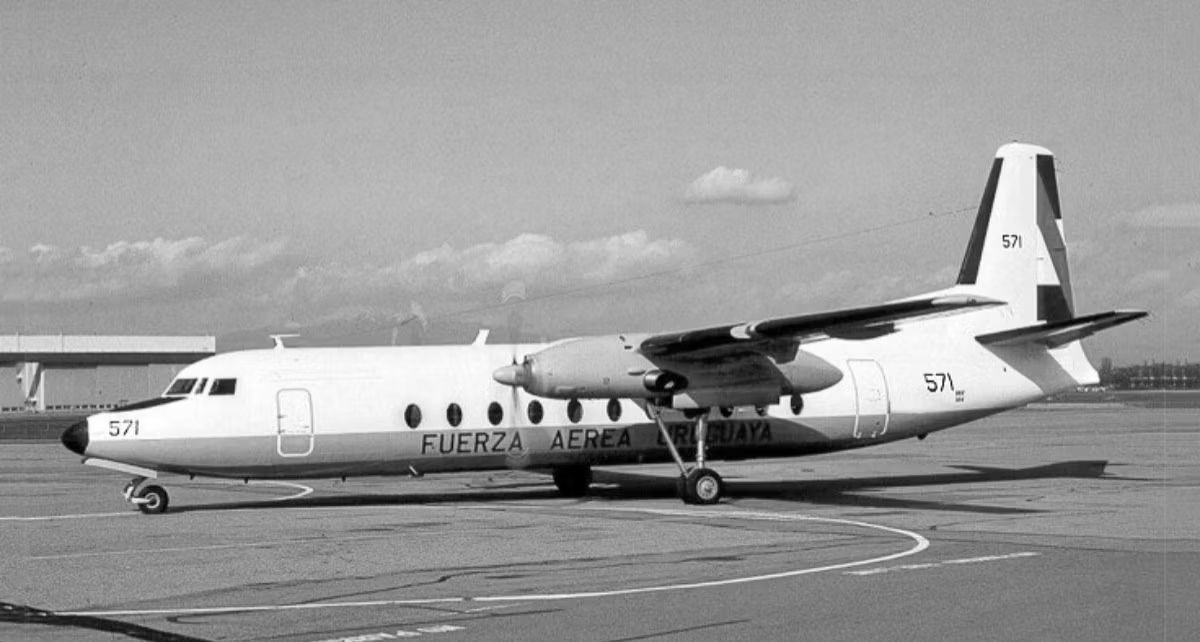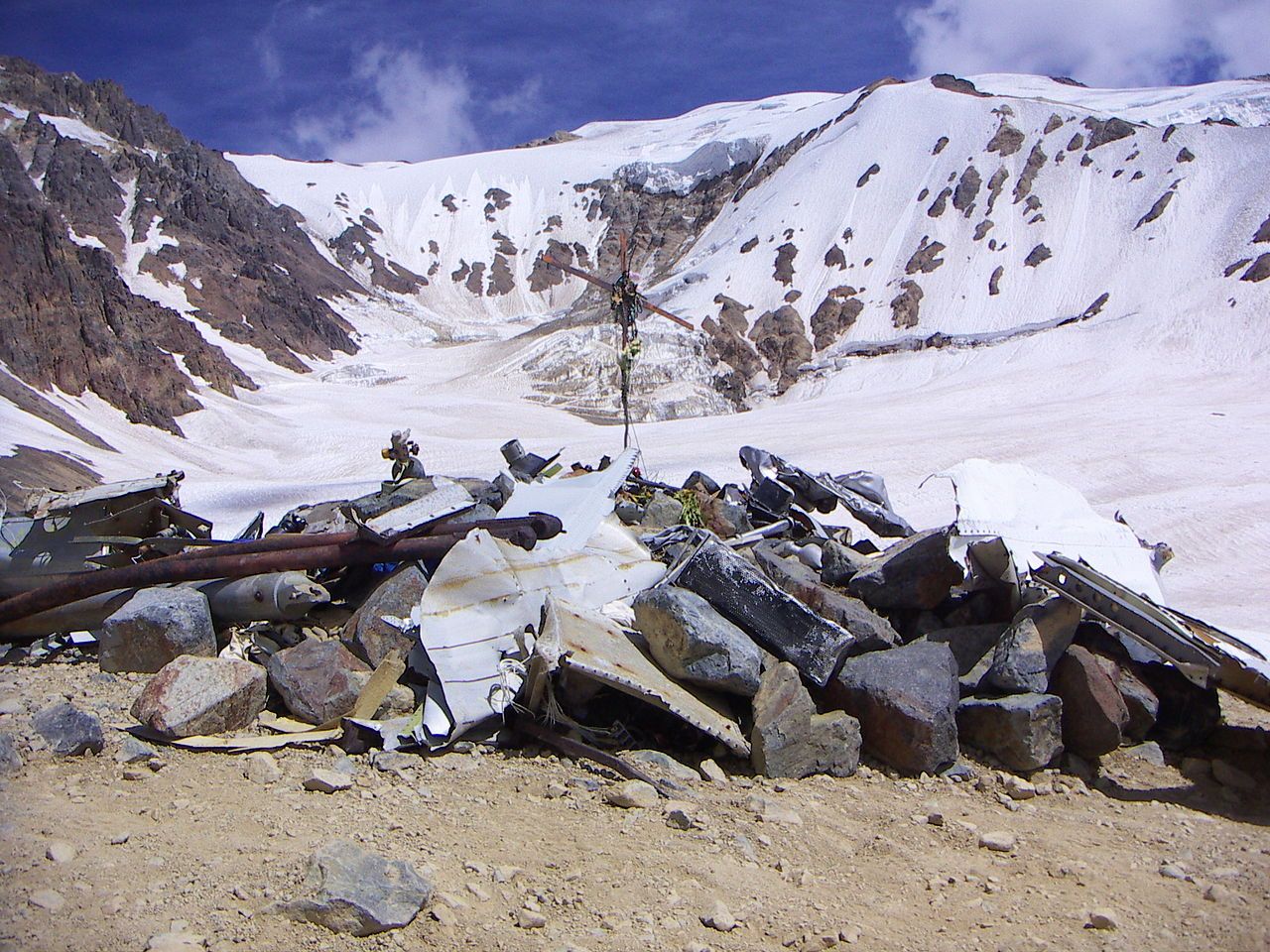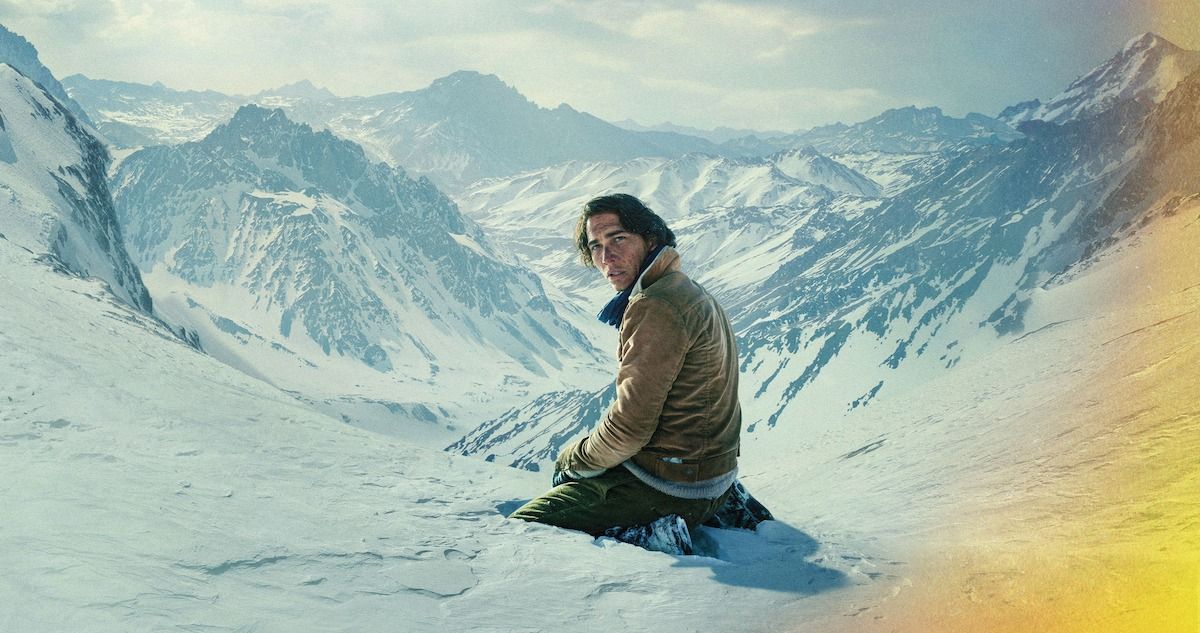Summary
- Uruguayan Air Force Flight 571 crashed due to pilot error, leading to 72 days of harrowing survival.
- The survivors endured -30-degree temperatures with minimal food, resorting to cannibalism of the deceased.
- Three survivors trekked treacherous terrain to seek help, leading to their rescue after 72 days.
The tale of Uruguayan Air Force Flight 571 is a tragic story about pilot error that resulted in an incredible number of deaths. However, the story also tells of human perseverance and extreme survival, the details of which most can fail to imagine.
Also known as the Miracle Flight in Argentina, Chile, and Uruguay, the flight's origins began in Montevideo, Uruguay, where the jet was chartered for a trip to Santiago, Chile. The aircraft was carrying 40 passengers alongside five crew members at the time when the twin-engine turboprop crashed into the Andes Mountains on 13th October 1972.
Twelve of those onboard, including three crew members, instantly died in the impact, but the story of those who survived the initial crash is a truly harrowing tale. Unrescued, they sat for 72 days in -30-degree temperatures with little to no food while the rest of the world believed them to be dead.
The flight details
The flight was operated by a Uruguayan Air Force Fairchild FH-227D, an aircraft type that was, strangely enough, operated by Delta Air Lines at one point. The plane, which was four years old in 1972, was chartered by the Old Christians Club rugby union team to take its members and family to play a match against the English Old Boys Club in Santiago. On October 12th, the turboprop departed from Montevideo Airport, but the team stopped in Mendoza, Argentina, for the night due to a storm, according to Britannica.
The next day, the aircraft left at 14:18, and the pilots decided to fly a course south to the Pass of Planchón. Pilot Julio Ferradas, who had flown across the Andes 29 times, was training a co-pilot, Dante Lagurara.
Get all the latest aviation news right here on Simple Flying!
At 15:21, a little after clearing the Pass, Laguara expected to reach Curicó within a minute and was ready to descend; however, air traffic controllers were concerned as it usually takes 11 minutes, but it took them three. Lagurara requested air controllers to descend, to which they accepted. This was the beginning of the aircraft’s deathly fate, as the pilot misjudged their position.
Instead of Curicó, the Fairchild was still deep in the Andes. Lagurara said he expected to see some turbulence, but some passengers noticed the aircraft was dangerously close to the mountains. This was when Lagurara realized it was too late. He attempted to apply maximum power to gain more altitude, but at 15:30, the aircraft struck a mountain.
It lost its right and left wing and tail upon the impact. According to the Aviation Safety Network, the rest of the fuselage crashed and slid down a mountain for about 725 meters (2,378 ft) before hitting a glacier, later named Glacier of Tears. The wreckage halted in a remote valley in Argentina near the Chilean border at an elevation of 3,570 meters (11,710 ft).
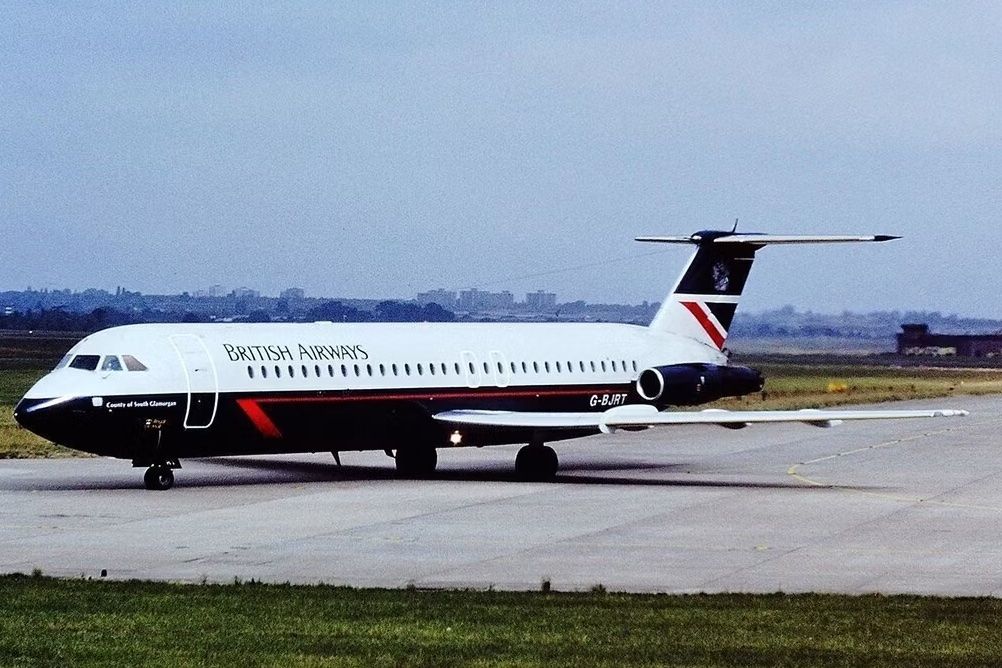
British Airways Flight 5390: How A Pilot Survived 20 Minutes Outside A Flying Jet
The incident occurred after one of the aircraft's windshield panels blew out inflight.Instantly, 12 of the 45 people died from the crash. Later, investigations found that the leading cause was controlled flight into terrain – when an airworthy aircraft unintentionally flies into terrain, water, or an obstacle – due to pilot error.
The search begins
It wasn’t long before the Chilean Air Search and Rescue Service (SARS) was notified about the missing aircraft. Four aircraft were deployed to scout the Andes until dark, but SARS personnel concluded it must have crashed into an inaccessible area of the mountain terrain, according to AeroTime.
Little did the search parties realize their aircraft had passed over the crash site multiple times, but the Fairchild had blended in with the snow. After eight days and multiple helicopters on the lookout, SARS closed its search with no success and believed all the passengers had died.
72 days of trying to survive
The survivors of the crash had many days ahead of them. But some didn’t. Five more passengers died on the first night, including co-pilot Lagurara. According to ABC News, to stay warm, passengers cleared the seats from the fuselage, so it could become a shelter. Twenty-eight people fit into a tiny space to stay warm, using luggage and broken debris to keep the cold out. Days later, one more passenger died, and the remaining survivors found a radio, which revealed that the search had been axed, leaving them with little hope.
Together, the 27 passengers shared eight chocolate bars, a tin of mussels, three jars of jam, almonds, dates, candies, dried plums, and wine. While it received much public backlash, in the end, the survivors were extremely low on food and were confronted with the reality of eating the flesh of their dead friends and family.
Roberto Canessa, who was a 19-year-old medical student at the time, wrote a book entitled I Had to Survive: How a Plane Crash in the Andes Inspired My Calling to Save Lives. According to National Geographic, he shared the following at a 2016 book tour:
"Cannibalism is when you kill someone, so technically, this is what is known as anthropophagy. I’ve had these discussions for 40 years. I don’t care. We had to eat these dead bodies, and that was it. The flesh had protein and fat, which we needed, like cow meat. I was also used to medical procedures, so it was easier for me to make the first cut."
Then, on October 29th, an avalanche hit the crash site, killing eight more people. While the avalanche trapped the remaining survivors, it kept them safe from a blizzard.
The expedition that saved them
Three survivors, Nando Parrado, Antonio ‘Tintin’ Vizintin, and Canessa, decided it was time to take things into their own hands. They set out on a trek to gain an understanding of where they were – which had almost killed them – and realized they were much further into the Andes than expected.
They returned to the site, regained their strength, and after fashioning a sleeping bag from aircraft components, and three more passengers died, the men set out again to find help on December 12th.
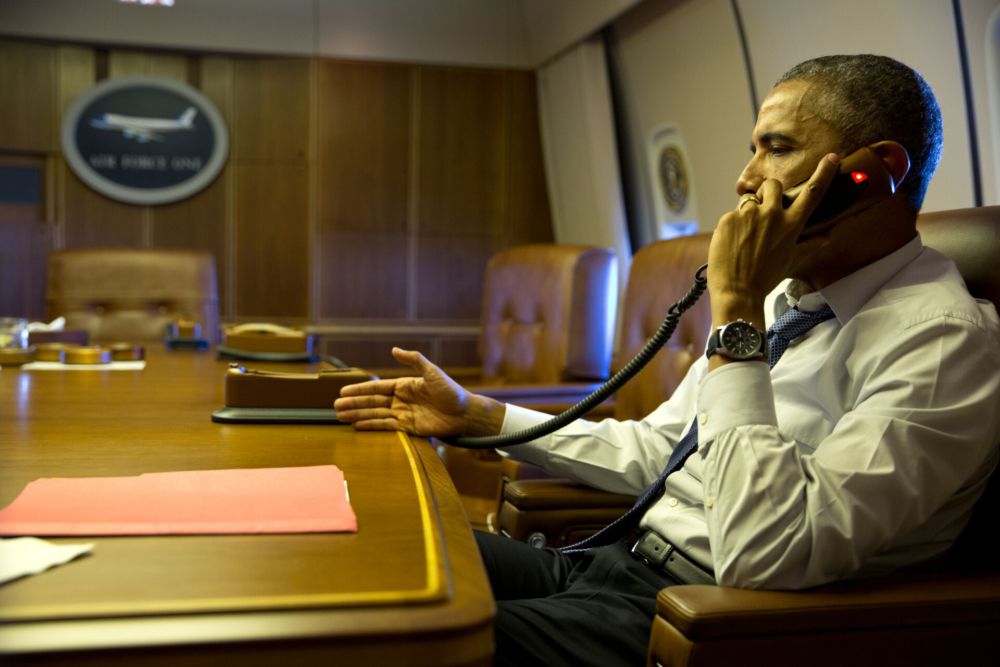
7 Celebrities Who Miraculously Survived Plane Crashes
How many of these stories do you recall?For three days, they trekked the dangerous terrain. However, Vizintin returned to the crash site as the crew didn’t bring enough food. Finally, after Parrado and Canessa hiked for nine more days, confident they would die, they reached a valley and eventually saw men on horseback. The following day, on December 22nd, the Chilean Air Force rescued half of the survivors and, on the 23rd, evacuated the rest, according to TODAY.
A media legacy
The story of human survival captured the world's attention and took control of the news cycle. Multiple books have been written about the event, and even an original film adaptation by Paramount Pictures named Alive was released in 1993.
The most recent version of the story to reach the silver screen was 2023's Society of the Snow, a survival thriller produced by J.A. Bayona. The movie was recently released on Netflix on 4 January 2024 and has been recognized at multiple international film festivals.

